Professional industry ceramic supplier, silicon nitride, silicon carbide, aluminum nitride and any other kinds of ceramics.
Boron Nitride BN
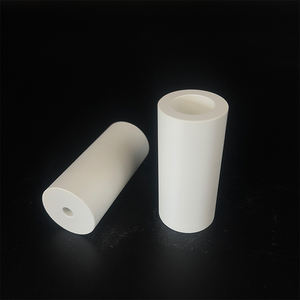
Unlocking The Potential of Hbn Boron Nitride Ceramics for High-Performance Applications
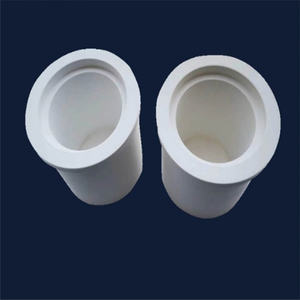
Customized Whole Thermal Conductive Hbn Boron Nitride Sheets Ceramic for Heat
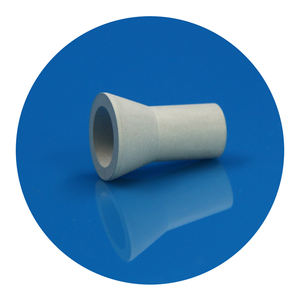
Precision Boron Nitride Ceramic Plate for Advanced Material Processing
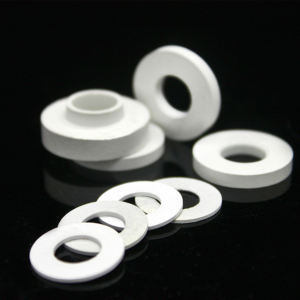
Maximize Efficiency with High-Quality Boron Nitride Ceramics
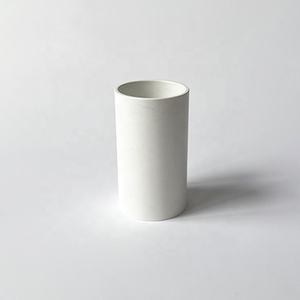
Wear-Resistant Boron Nitride Ceramic Plate for Long-Term Durability
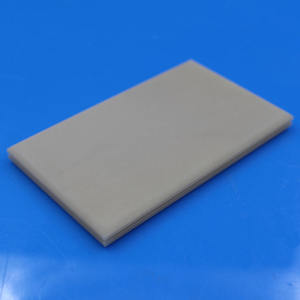
High Thermal Conductivity BN Ceramic Plate for Electronical Industry Boron Nitride
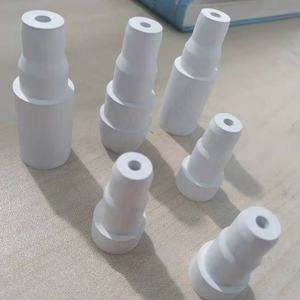
Enhance Performance with Low Friction and High Hardness Bn Boron Nitride Ceramics
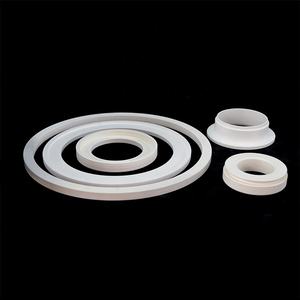
Boron Nitride Ceramic Bn Tube Low Thermal Expansion
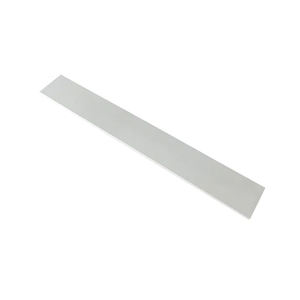
Gas Atomization Bn Boron Nitride Ceramic Nozzle for Sandblast
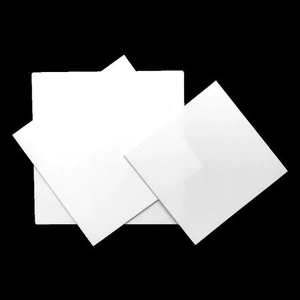
High Purity Ceramic Crucible for Melting Boron Nitride Crucible
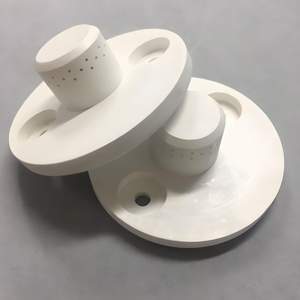
Industrial Ceramic Good Quality Boron Nitride Parts
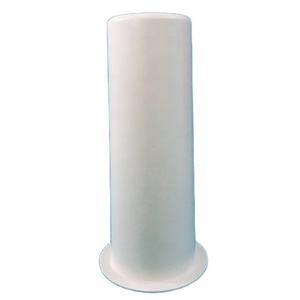
Industrial Ceramic Vacuum Furnace Boron Nitride Parts
Overview of Boron Nitride Ceramic
Boron Nitride (BN) Ceramic is an advanced synthetic material, often called "white graphite," known for its unique combination of high thermal conductivity and excellent electrical insulation. It offers exceptional thermal shock resistance and machinability, functioning reliably in inert or vacuum atmospheres up to 3000°C. This makes it a critical material for the most demanding high-temperature applications.

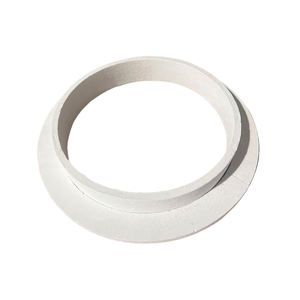
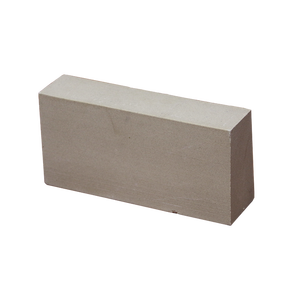
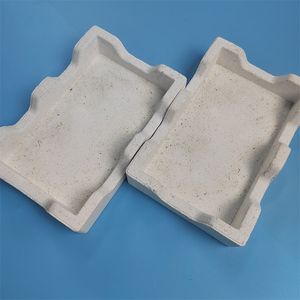
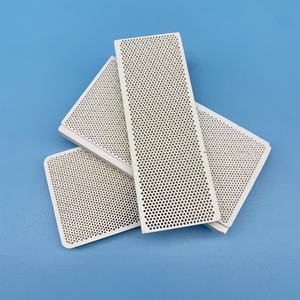
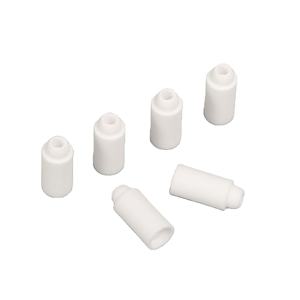
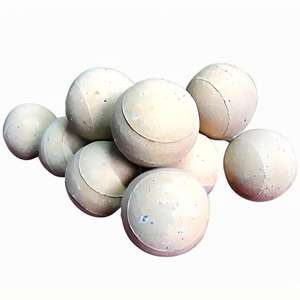
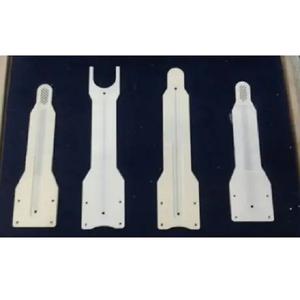
Features of Boron Nitride Ceramic
- High Thermal Conductivity & Electrical Insulation: Efficiently dissipates heat while remaining an excellent dielectric, similar to beryllia but non-toxic.
- Exceptional Thermal Shock Resistance: Withstands extreme and rapid temperature changes without cracking or degrading.
- Easy Machinability: Can be precision-machined to complex tolerances in its fired state using conventional tooling, a rare trait for technical ceramics.
- Chemical Inertness & Non-Wettability: Highly resistant to attack by molten metals, slags, and salts, and does not wet by most molten materials.
- High-Temperature Stability: Maintains integrity and functionality in inert or reducing atmospheres at temperatures far exceeding most oxide ceramics.
Applications of Boron Nitride Ceramic
- Metallurgy & Foundry: Break rings for continuous casting, crucibles for melting alloys, and interfaces for induction heating.
- Semiconductor Manufacturing: Heater blocks, insulators, diffusion source holders, and plasma etch components in CVD and MOCVD systems.
- Aerospace & Defense: Windows for radar and laser communications, and components for high-temperature furnaces.
- Electronics: Heat sinks and insulating substrates for high-power electronic devices.
- Glass Processing: Nozzles, molds, and rollers for handling molten glass.
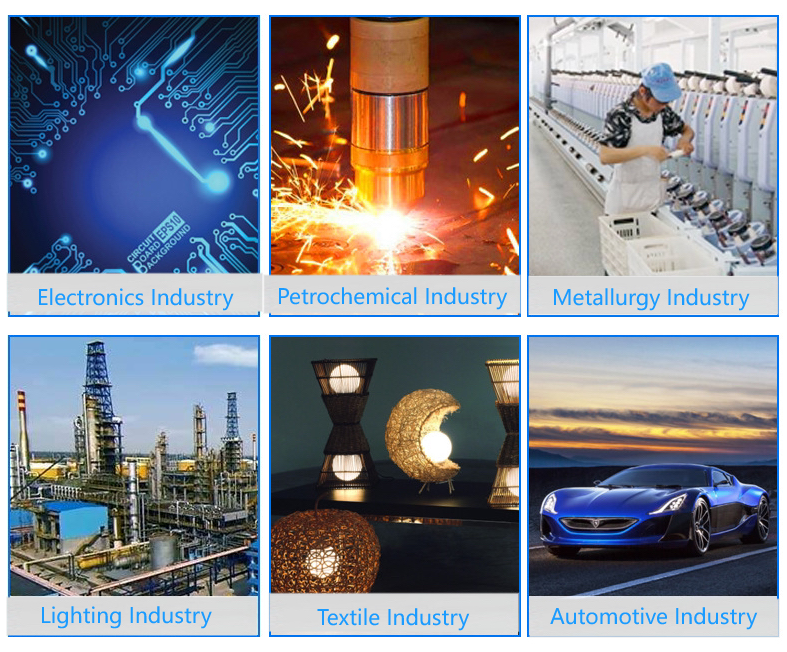
Specification Table of Boron Nitride Ceramic
| Property | Unit | Typical Value (Hot-Pressed BN) |
|---|---|---|
| Density | g/cm³ | 1.9 - 2.1 |
| Max. Use Temperature (Inert) | °C | 2800 - 3000 |
| Thermal Conductivity | W/m·K | 25 - 60 |
| Coefficient of Thermal Expansion | x10⁻⁶/°C | 0.4 - 4.0 |
| Flexural Strength | MPa | 60 - 100 |
| Dielectric Strength | kV/mm | 30 - 50 |
| Dielectric Constant | @ 1 MHz | ~4 |
Company Profile
Tanki New Materials Co.Ltd. focus on the research and development, production and sales of ceramic products, serving the electronics, ceramics, chemical and other industries. Since its establishment in 2015, the company has been committed to providing customers with the best products and services, and has become a leader in the industry through continuous technological innovation and strict quality management.
Our products includes but not limited to Aerogel, Aluminum Nitride, Aluminum Oxide, Boron Carbide, Boron Nitride, Ceramic Crucible, Ceramic Fiber, Quartz Product, Refractory Material, Silicon Carbide, Silicon Nitride, ect. please feel free to contact us.
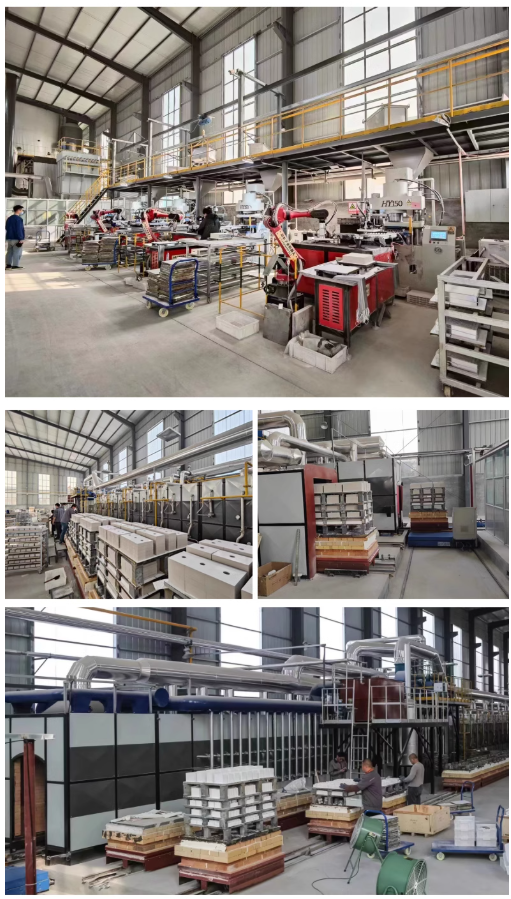
Payment Methods
T/T, Western Union, Paypal, Credit Card etc.
Shipment Methods
By air, by sea, by express, as customers request.
5 FAQs of Boron Nitride Ceramic
1. Is Boron Nitride ceramic machinable?
Yes. Unlike most advanced ceramics, hot-pressed Boron Nitride is readily machinable to complex shapes with tight tolerances using standard carbide tooling.
2. What is its maximum operating temperature?
In inert or vacuum atmospheres, it can withstand temperatures up to 3000°C. However, in oxidizing atmospheres, it begins to oxidize above approximately 900°C and requires a protective coating.
3. How does it compare to Aluminum Nitride?
While both offer high thermal conductivity and electrical insulation, BN is easily machinable and has better thermal shock resistance. Aluminum Nitride generally has higher mechanical strength and better oxidation resistance.
4. Is Boron Nitride hazardous?
The ceramic material itself is non-toxic and safe to handle. However, inhalation of raw Boron Nitride powder in a manufacturing setting should be avoided, and standard industrial hygiene practices apply.
5. Why is it called "white graphite"?
It earns this name due to its hexagonal crystal structure, which is similar to graphite, giving it lubricity and machinability, while its appearance is typically white or ivory.
